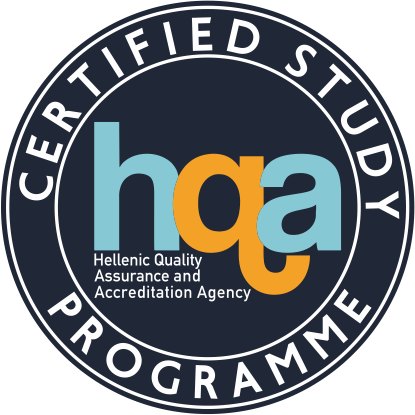| School |
Natural Sciences |
Academic Unit
|
Geology Department |
Level of Studies
|
Undergraduate |
Course Code
|
GEO_409 |
| Εξάμηνο σπουδών |
4ο |
Course Title
|
Seismology |
Independent Teaching Activities
|
Lectures and laboratory work |
Weekly Teaching Hours
|
2 (lectures), 2 (laboratory) |
| Credits |
6 |
Course Type
|
Basic, Skills Development, Science field |
Prerequisite Courses
|
Basic knowledge of Phycics related subjects e.g. waves, oscillations etc |
Language of Instruction & Examinations
|
Greek |
Is the Course offered to Erasmus Students
|
Υes, in English |
| Course Web-Page (URL) |
https://eclass.upatras.gr/courses/GEO351/ |
Learning Outcomes
|
During this course the student acquires basic knowledge in Seismology, after successful completion the student will:
- Know the basic principles of Seismology
- Solve, simple problems related to Seismology, e.g. earthquake location, travel times, earthquake magnitude etc
Knowledge
The course aims to provide knowledge related to the structure of the Earth, the generation and propagation of seismic waves, the characteristics of seismicity in time and space, the seismic source, the seismic instruments and the seismotectonics of Greece.
Abilities
- Ability to demonstrate knowledge and understanding of essential facts, concepts, principles and theories relating to earthquake generation, wave propagation, source properties, seismotectonics
- Ability to apply such knowledge and understanding to the solution of qualitative and quantitative problems
- Ability to adopt and apply methodology to the solution of unfamiliar problems.
- Ability to apply basic seismological principles in problems related with this subject
- Ability to solve simple seismological problems, using seismological software
- Ability to work in a team
|
General Competences
|
By the end of this course the student will, furthermore, have developed the following skills (general abilities):
- Ability to apply acquired knowledge and understanding to the solution of problems
- Ability to interact with others in problem solving as a team
|
| Syllabus |
- Introduction, history and general overview of seismology
- Principles of elasticity, stress strain, elastic moduli. Basic principles of wave propagation theory.
- Theory of oscillations, wave equation
- Stress and Strain
- Seismic waves, types, wave propagation and the structure of the Earth
- Seismometry, types of seismometers, modern seismographs, analog digital conversion, seismic networks
- Causes, occurrence and properties of earthquakes.
- Earthquake location and magnitude, seismic scales.
- Seismology of Greece, seismotectonics of Greece and adjacent areas
- Seismic moment, focal mechanism, rupture models
- Earthquake prediction, seismic sequences
- Seismographs and interpretation of earthquake records
|
| Delivery |
Lectures and computer laboratory training using seismological software |
Use of Information & Communication Technology
|
Use of Information and Communication Technologies (ICTs) in teaching. The lectures content of the course, for each chapter, are uploaded in the eclass platform. Students are trained in seismological software use in the Department’s computer lab. Interaction with students is done through eclass platform also. |
Teaching Methods
|
| Activity |
Semester workload |
| Lectures |
2×13=26 |
| Laboratory work |
2×13=26 |
| Preparation of laboratory exercise |
26 |
| Hours for private study of the student |
72 |
| Total number of hours for the Course |
150 |
|
Student Performance Evaluation
|
The assessment is done in the following way:
Written examination after the end of the semester which includes
- Theory based questions
- Assessment questions
- Problem solving questions
Minimum passing grade: 5 |
Attached Bibliography
|
- Lecture notes (eclass)
- Tselentis Akis, Modern Seismology, Pub. Papasotiriou, 1997.
- Papazachos B, Karakaisis G., Chatzidimitriou P., Introduction to Seismology, Pub. Ziti, 2005
- Stein, Seth, Wysession, Michael, An Introduction to Seismology, Earthquakes and Earth Structure 1st edition, Blackwell, 2002
- Shearer M. Peter, Introduction to Seismology, Cambridge Univ. Press
|





